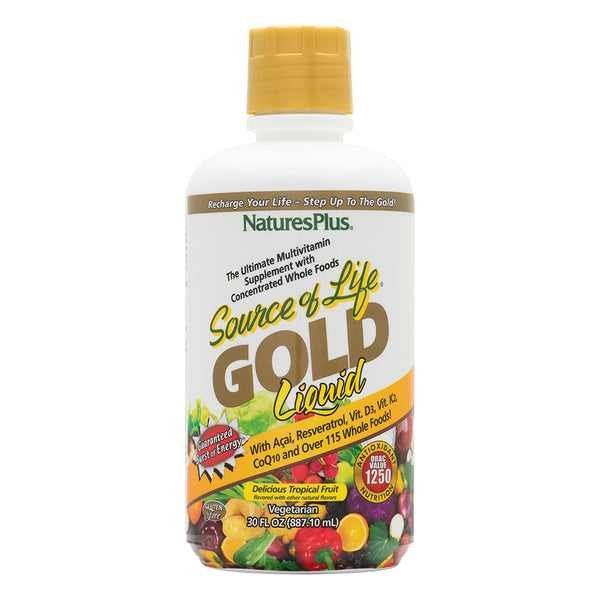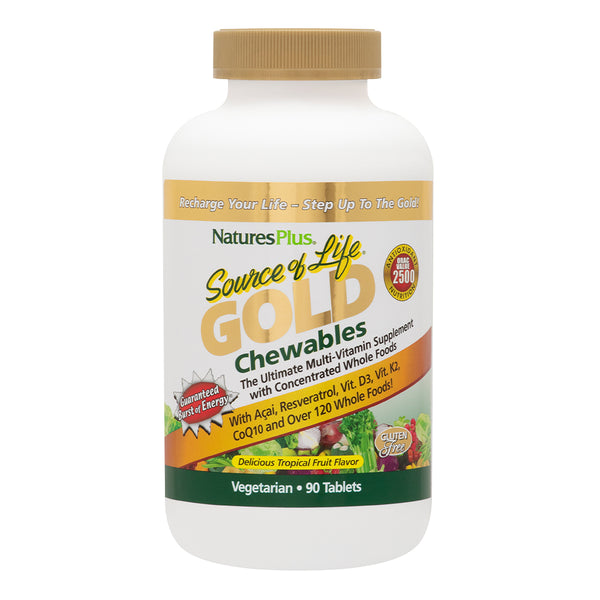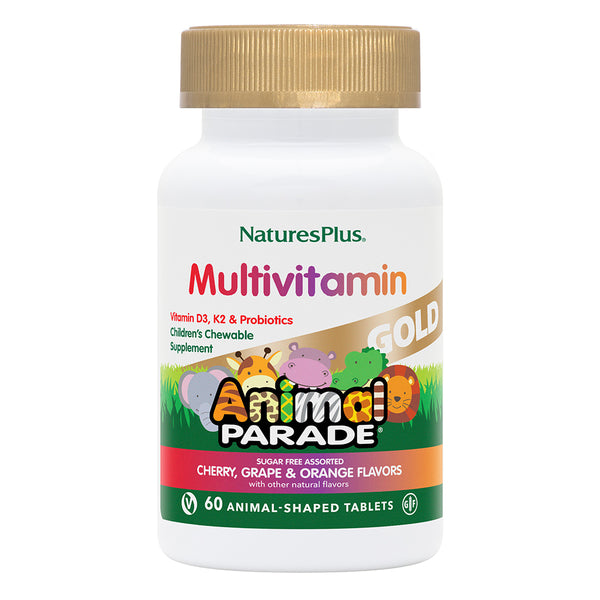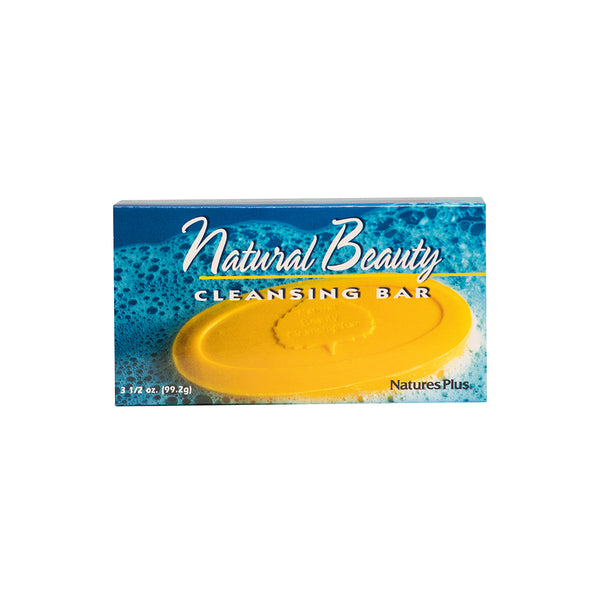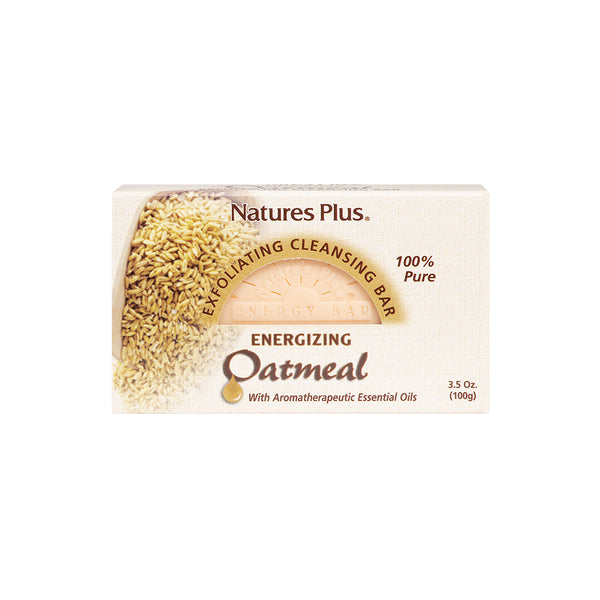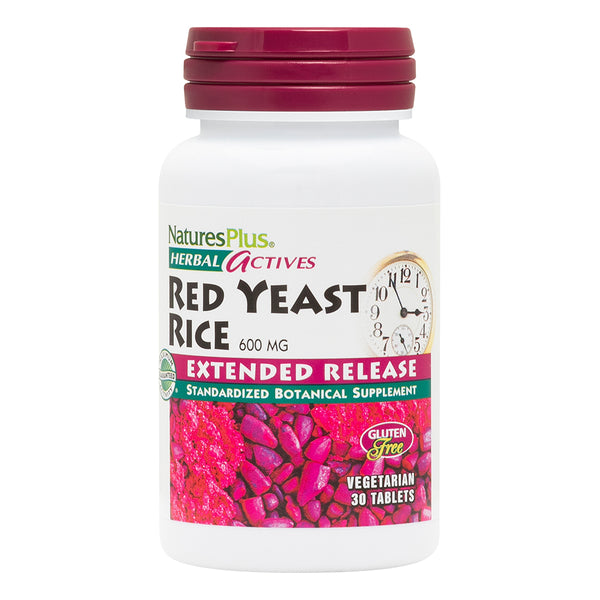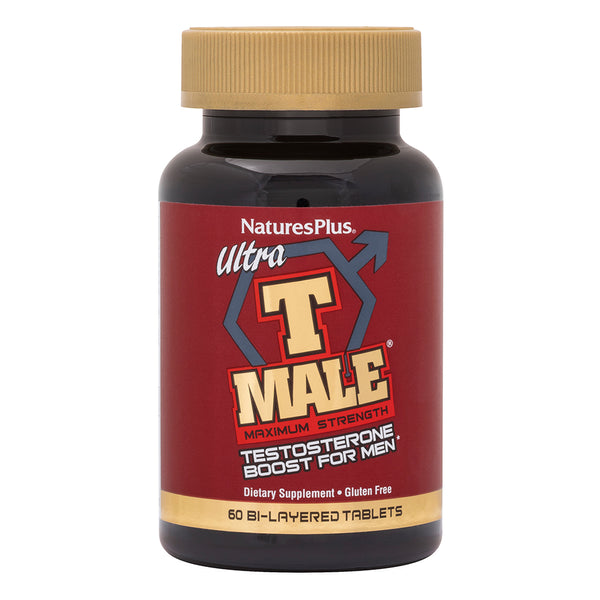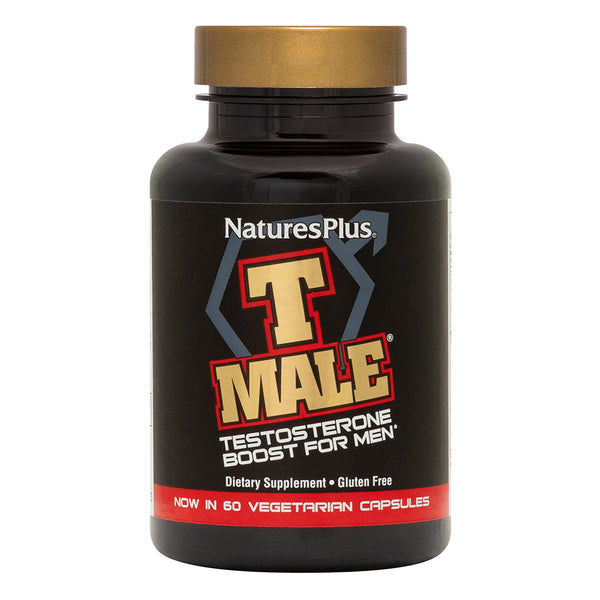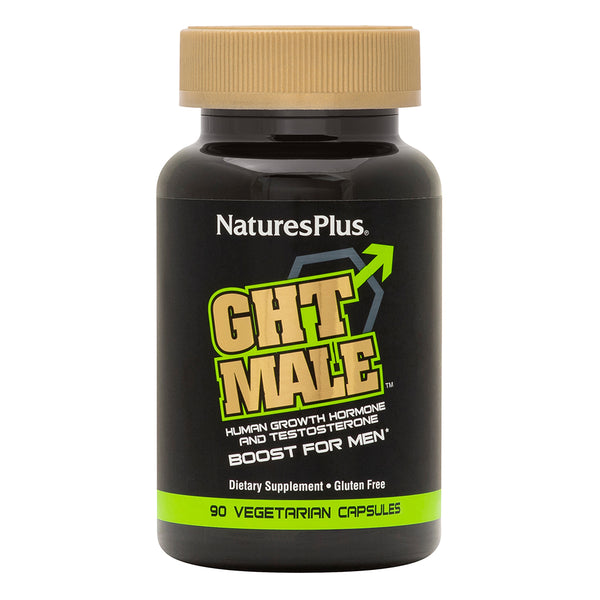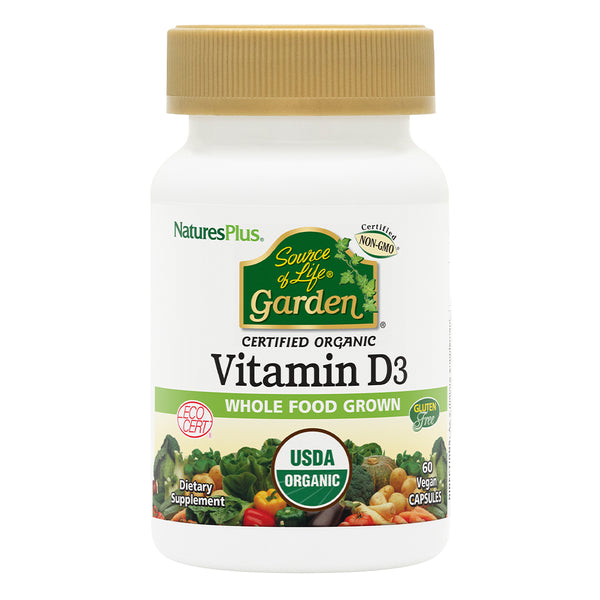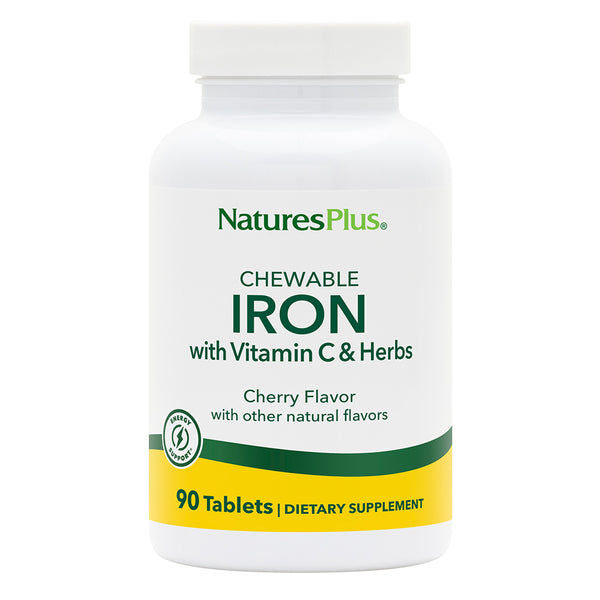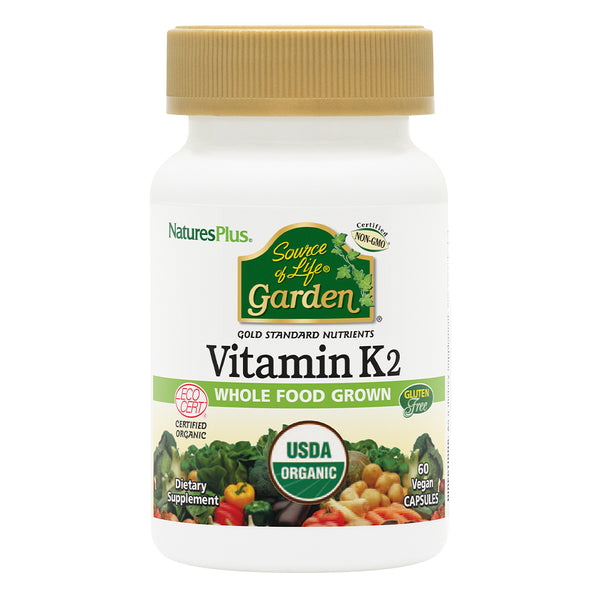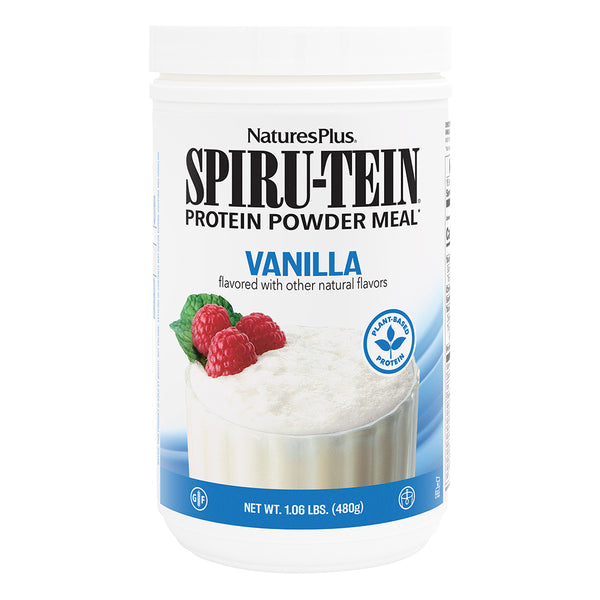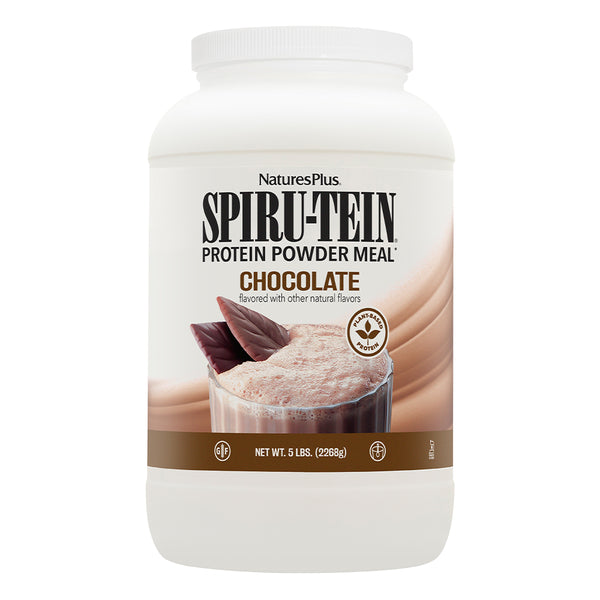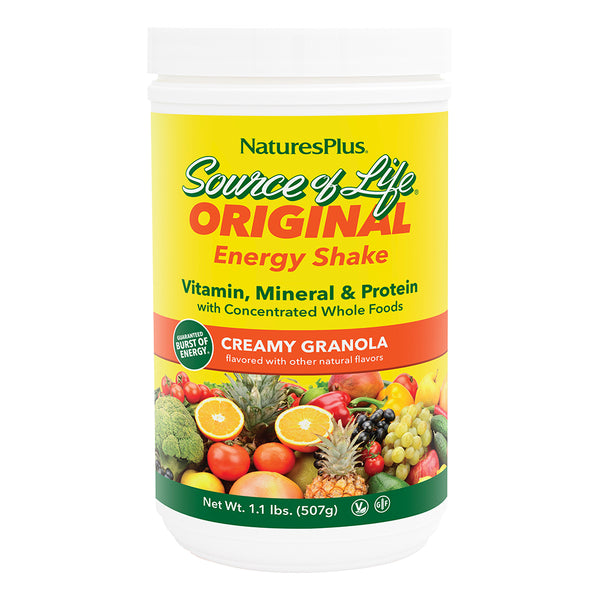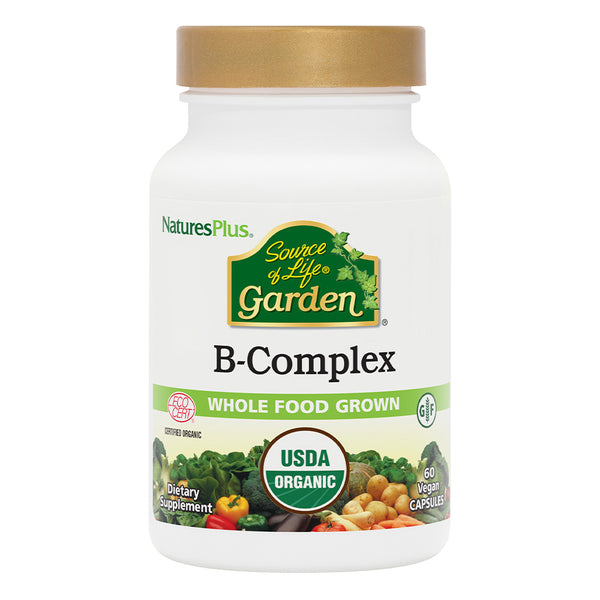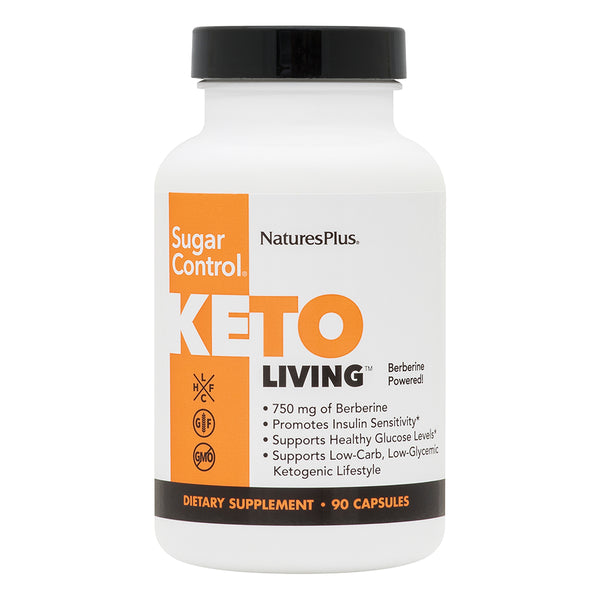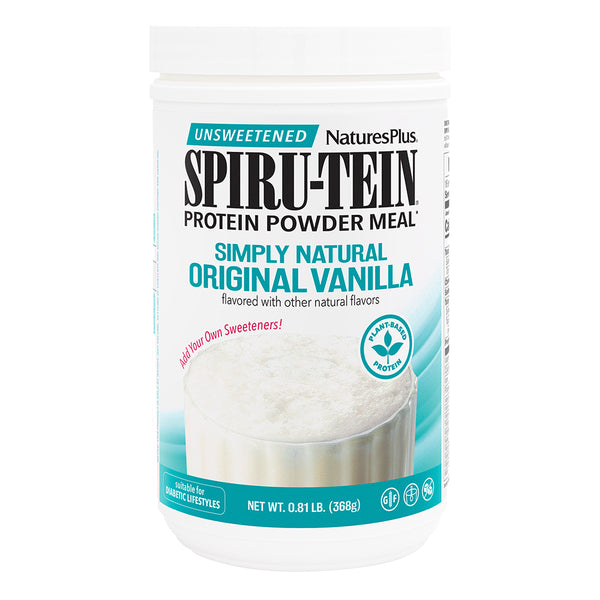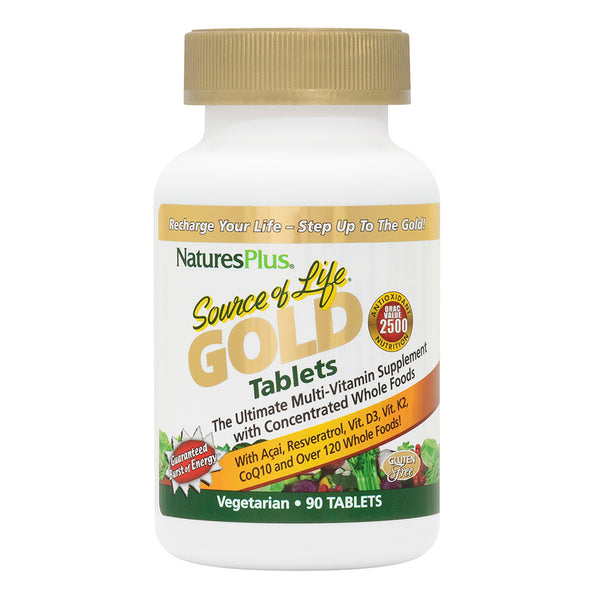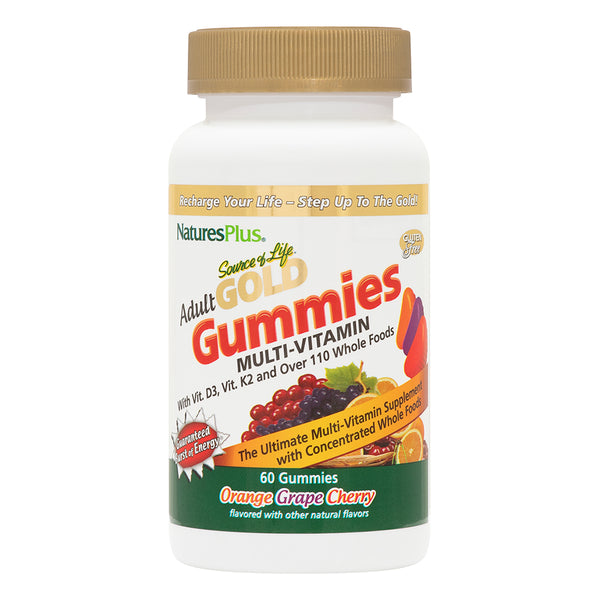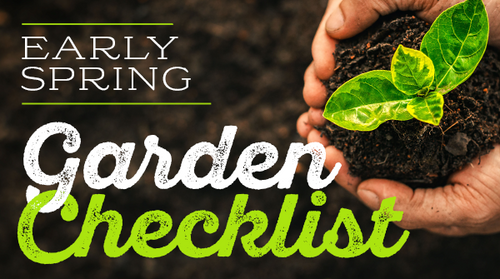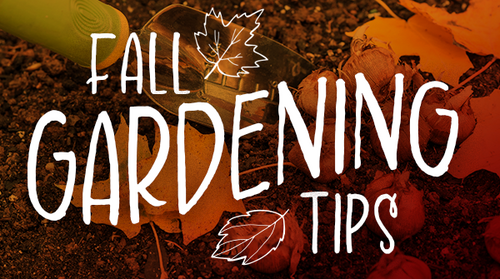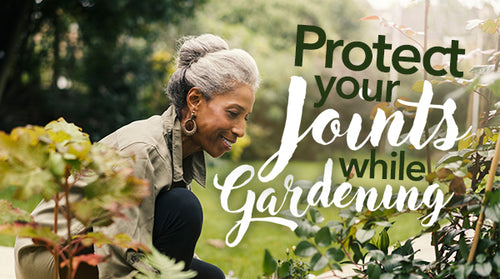It’s that first good gardening day of the spring, and you’re excited to start digging in the earth again. But your day will go a lot more smoothly—and with a reduced risk of post-activity soreness—if you first take time to stretch.
A Simple Stretching Routine
Any fitness activity should include some warmups. Since you’re out in the garden anyway, 10 minutes of light watering will help get your muscles moving, or you can take a stroll around the yard.
Shoulder Shrug/Neck Roll
“Many gardening activities, such as hoeing, digging and raking, can cause tightness in your shoulders,” says retired University of Vermont Extension horticulture professorLeonard Perry, PhD. He recommends shoulder shrugs: Raise your shoulders slowly and hold a few seconds before slowly lowering them again. Do this three or four times, resting a few seconds between each repetition.
Shoulder tightness is often linked to stiffness in the neck as well. So loosen up your neck muscles with head rolls: Slowly lower your right ear towards your right shoulder, then lower your chin as you roll your head down and to the left. Slowly move it back and forth a few times before lifting your head. (Do not roll your head backwards to avoid stressing your spine.)
Wrist/Hand Exercises
“The repetitive motion of using a trowel, or a long-handled rake or hoe, can stress your hands and wrists,” says Perry. He suggests rotating your wrists in one direction, then the other. After that, spread your fingers as far apart as you can, keeping them straight, and make circles with your thumbs. Then touch your thumb to each finger.
Upward Stretch
Bending and lifting can be tough on the back. This stretch can help: Stand with your feet slightly separated and reach as far up as you can with your arms shoulder-width apart. Keep your lower body still while slowly swaying your upper body to one side, then hold for five seconds before swaying to the other side; repeat five times. Keep your abdominal muscles engaged.
Forward Bend
This stretch helps to lengthen the muscles in your lower back and the hamstrings at the backs of your thighs. Start by standing with your feet hip-width apart; keep a slight bend in your knees. Then lengthen your spine and bend forward at hips, leading with the chest and keeping your abs engaged.
If you can, touch the ground. If you can’t, place your hands on a chair or a pair of yoga blocks, or bend your knees. Hold for up to 30 seconds, then place your hands on the tops of your thighs before coming up with a flat back.
Standing Quad Stretch
The quadriceps is a group of four large muscles at the front of the thigh. Gardening tends to really give your quads a workout; to stretch them, bend your right leg at the knee and grasp the ankle with your right hand, using a chair, tabletop or wall to support yourself. Hold for 30 seconds and repeat on the left side.
Calf Wall Stretch
Working in the garden can also work your calves. To stretch them, stand about two feet away from a wall and place both hands on the wall. Then step forward with your right foot and bend your right leg until you feel a stretch in the left calf; hold for up to 30 seconds. Then repeat on the other side.
Squat
Most gardeners spend a lot of time squatting, so why not practice this movement beforehand? Stand with your feet more than hip-width apart, then bring your tailbone straight down until you’re in a half-squat before coming back up. Repeat several times, squatting a little lower each time.
Cat/Cow
This stretch, borrowed from yoga, helps improve spinal flexibility. Get down onto all fours, shoulders in line with wrists and hips in line with knees. Go into Cow by inhaling and simultaneously lifting your bottom while pressing your chest forward, letting the abdomen sink towards the floor. Then go into Cat by exhaling and rounding your spine while tucking in your tailbone, releasing your head towards the floor. Go back and forth for 10 breaths.
Movement in the Garden
It’s also important to protect your body while you are working.
One of the best ways to do this is to avoid bending. As Perry puts it, “Bending over for long periods and bending with your back and not your legs are the main causes of lower back problems.” Instead, either squat or get down on your knees (using kneepads or a foam pad if necessary for comfort).
Perry also recommends taking periodic breaks—“preferably before the aches begin”—for some more stretching. You can use your breaks to stay hydrated.
When lifting, use good form. With your feet shoulder-width apart, bend your knees and firmly grasp the object, keeping it close to your body.
When you’re finished for the day, don’t forget to cool down. A short walk or bike ride will help keep your muscles moving.
Like this article? You’ll love our weekly newsletter
sign up here!
**These statements have not been evaluated by the Food and Drug Administration. This product is not intended to diagnose, treat, cure or prevent any disease.






